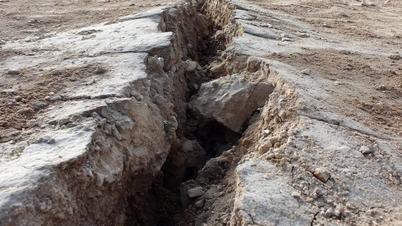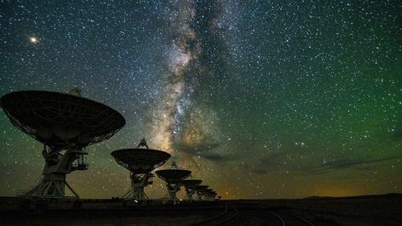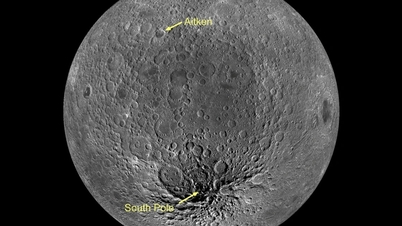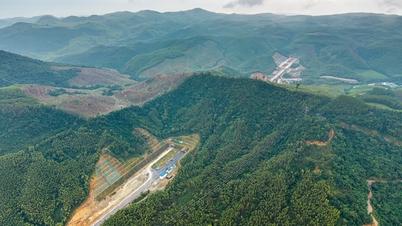(CLO) Two of the five largest extinction events in Earth's history may have originated from the devastating impact of supernova explosions near our planet, according to a new study from Keele University.
Scientists believe these explosions may have destroyed the ozone layer, caused acid rain, and exposed the Earth's surface to dangerous levels of ultraviolet radiation from the sun.
Research suggests that supernova explosions may have caused the extinction events at the end of the Devonian period (about 372 million years ago) and the Ordovician period (about 445 million years ago).
The Ordovician extinction event wiped out 60% of marine life when life was still primarily concentrated underwater. Meanwhile, the late Devonian saw the extinction of 70% of species on Earth, including a major shift in the populations of ancient fish that once dominated the oceans.

Supernova 1987a (center) in a galaxy neighboring our Milky Way. Photo: NASA, ESA
Previously, scientists suspected that these two catastrophes were linked to ozone depletion, but there was no concrete evidence. New research, published in the Monthly Journal of the Royal Astronomical Society, analyzed the rate at which supernovae occur in the galaxy and found that it coincides with the timing of these extinction events.
Scientists say that supernovae are not just massive explosions that release enormous amounts of energy, but also play a crucial role in the development of life. They create and disperse heavy chemical elements necessary for the formation of stars, planets, and life. However, if a planet is too close to a supernova, the consequences can be very serious.
To test this hypothesis, the research team investigated massive stars within a kiloparsec (approximately 3,260 light-years) of the Sun and tracked the rate at which supernovae occurred. They then compared this to the rate of mass extinction events on Earth and found a significant correlation.
Dr. Nick Wright, one of the study's authors, emphasized: "Supernovae are among the most powerful explosions in the universe. If a massive star were to explode near Earth, the consequences would be catastrophic for life. This research suggests that this may have happened in the past."
Although this risk has occurred in the past, astronomers currently believe there is no serious threat from supernovae in the near future. Two stars near Earth that have the potential to become supernovae are Antares and Betelgeuse, but they are both more than 500 light-years away. Previous simulations have shown that a supernova explosion at this distance would not have a significant impact on Earth.
Hoai Phuong (according to Phys, Science Alert)
Source: https://www.congluan.vn/nghien-cuu-sieu-tan-tinh-tung-gay-ra-it-nhat-hai-cuoc-tuyet-chung-tren-trai-dat-post338492.html































































































![[Infographic] Many activities at the 96th anniversary commemoration of the death of Deputy Scholar Nguyen Sinh Sac](https://vphoto.vietnam.vn/thumb/402x226/vietnam/resource/IMAGE/2025/12/11/1765441454787_infographic-nhieu-hoat-dong-tai-le-gio-lan-thu-96-cua-cu-pho-bang-nguyen-sinh-sac20251211010322.webp)
















Comment (0)